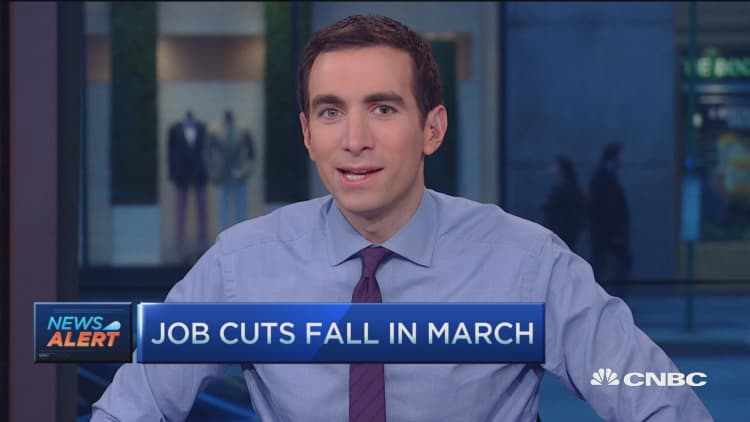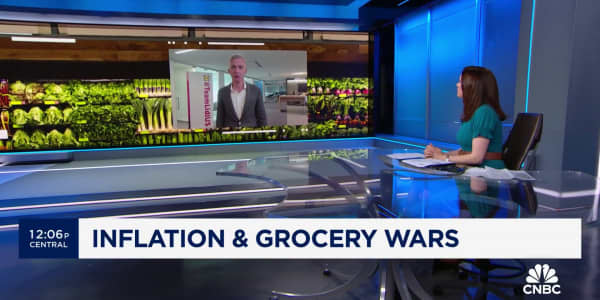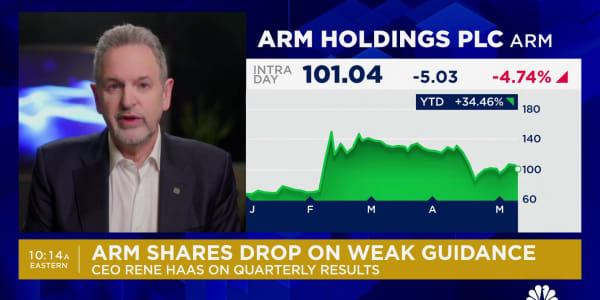
Job creation isn't the most important part of the monthly employment report anymore. Instead, Wall Street is looking under the hood for clues about overall U.S. economic health.
Economists figure payrolls grew by about 200,000 in March, or slightly below the recent pace of 228,000 over the past three months. The unemployment rate probably will hold steady at 4.9 percent.
It's no secret that beneath these numbers, Federal Reserve policymakers are looking for signs of wage growth that has been elusive for most of the recovery. But there's a new wrinkle to that equation that points to an even longer delay in getting salary gains back to healthy levels.
Read More The stocks that surge—and sink—on jobs Friday
The labor-force participation rate measures how many potential workers are actually out looking for jobs. In recent years it has continued to fall to levels not seen since the late 1970s.
However, the level has been on a mild upswing, gaining half a percentage point since September 2015 to its current 62.9 percent level, the best since January 2015.
There's a problem with that, though: The rise in the LFP rate has come mostly from workers returning to the workforce who are taking low-paying jobs.
A large chunk of the LFP gains have come from workers in the 16-19 age group — from 33.7 percent in October to 35.5 percent in February. Wages in that group tilt to the low side.
In fact, 36 percent of the job gains over the past four months have come in the retail and leisure (bars and restaurants) sectors, which pay $17.70 and $14.60 an hour, respectively, well below the average of $25.30 across the U.S. economy, according to Capital Economics.
The move higher in the LFP rate, then, could be nothing more than a sign that the McJobs environment is accelerating.
Andrew Hunter, assistant economist at Capital, is a little more optimistic.
"While an influx of low-paid workers may be reducing average wages, the survey evidence continues to suggest that wage growth is set to accelerate," he said in a note to clients. "Accordingly, if there is any slack left in the labor market, it is seemingly being used up pretty quickly."
Don't expect Friday's nonfarm payrolls report to indicate much salary growth, however.
Current Wall Street expectations are for average hourly earnings to rise 0.2 percent on a monthly basis, after a 0.1 percent decline, according to FactSet. That would put the annualized level at 2.2 percent, still well below the post-recession high of 2.6 percent.






